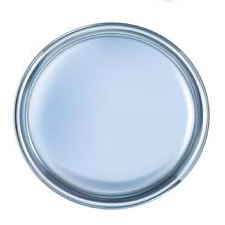are special additives used by plastic manufacturers to control the growth of microbes on the surface of plastic products and textiles. Adding antimicrobial additives offers a competitive edge and an economical means of increasing value and performance.
Pure Polymers has been a specialist in the field of antimicrobial additives for many years. The unsurpassed wealth of technical experience in this area combined with full in-house R&D and production facilities makes Pure Polymers an ideal new product development partner.
Bacteria, fungi, moulds, and mildews are all present in our everyday environment. These microscopic organisms have adapted to colonies and thrive in almost all places on earth. Residual levels of many bacterial strains are of no consequence to human health, in fact, they can help build a general level of resistance in our immune system to infection and disease.
Certain microbes are harmful to humans and if left unchecked will proliferate to cause infections and diseases. There is a particular need to control these in sensitive environments such as hospitals where acquired infections including MRSA can prove to be fatal.
Microbes can also be responsible for a wide range of undesirable effects such as product deuteriation and discoloration, food contamination to name but a few Antimicrobial additives provide an extra layer of protection when combined with normal cleaning procedures.


• Reduction in the spread of healthcare-acquired infections
• Protection against cross-contamination
• Accelerated healing from wound dressings
• Reduced odor formation in synthetic fibers and sportswear
• Increased product lifespan and durability
• Resistance to unsightly and unwanted biofilm build-up